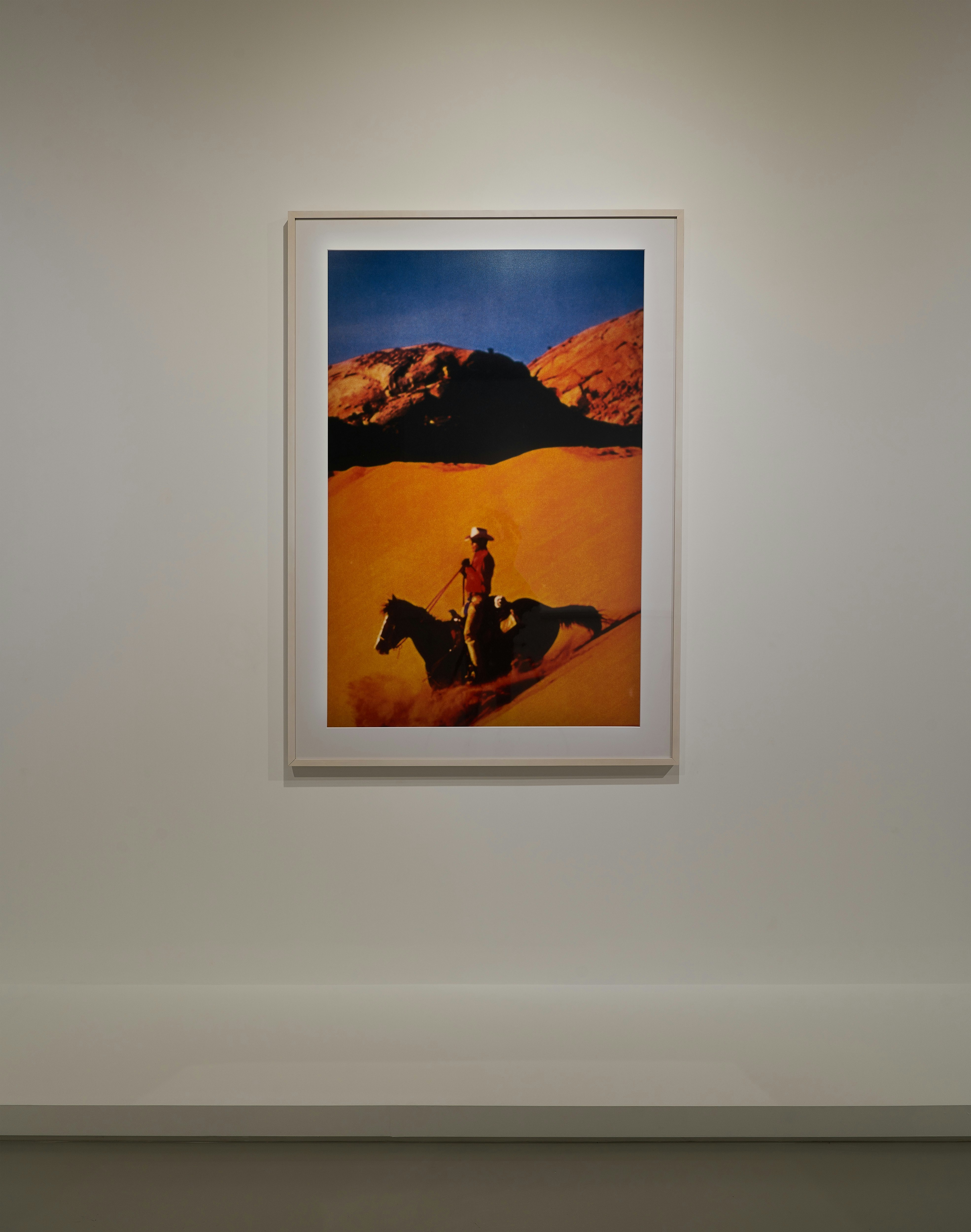Richard Prince
Richard Prince belongs to the generation of American artists who grew up in the 1950s at the time of the explosion of mass media (television, cinema, magazines)
He appeared on the international scene during the late 1970s alongside Cindy Sherman, Sherrie Levine and Barbara Kruger, as a major proponent of appropriation art. He deconstructed the mechanisms of representation and communication promoted by American popular culture. In 1977 his practice took a radical turn when he started re-using advertising images, which he photographed and appropriated. Cutting out the text and logo, he reframed the images, creating blurred effects and emphasising colour. Working largely in series, his subjects were models, cowboys and women on motorbikes. Prince turned the cowboy into an emblematic, complex object, expressing nostalgia for a mythical, foundational period while highlighting the stereotype through clichés.
















